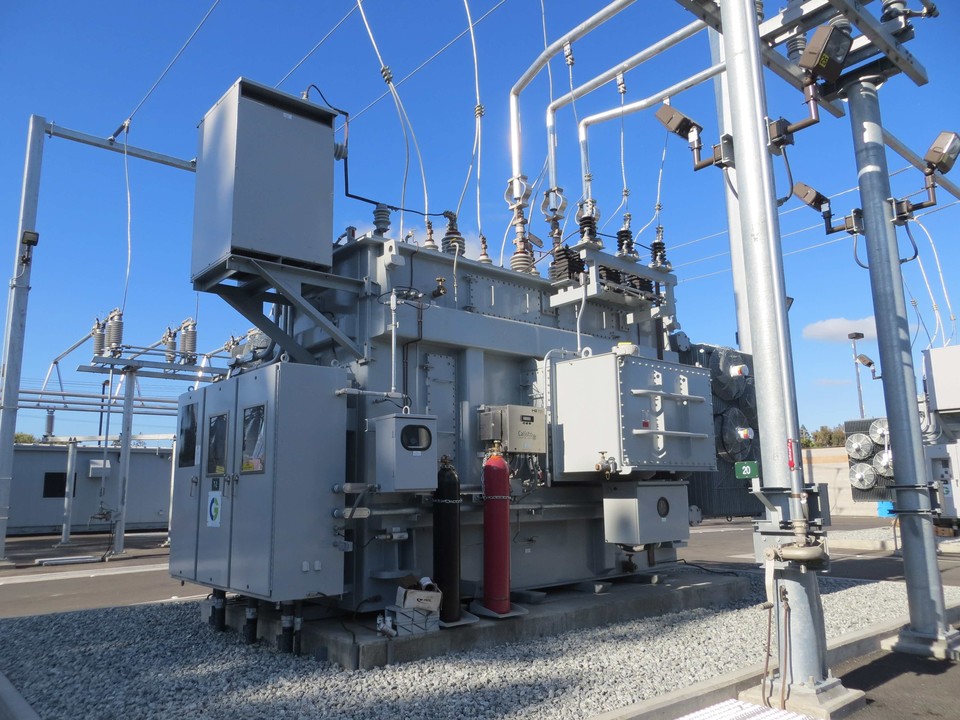 Every day we get inundated with media articles (and Linkedin posts) about the causes and impacts of rapidly escalating electricity Prices. Yes, rising electricity Prices are of concern but higher electricity Prices do not have to mean rising electricity Costs.
Every day we get inundated with media articles (and Linkedin posts) about the causes and impacts of rapidly escalating electricity Prices. Yes, rising electricity Prices are of concern but higher electricity Prices do not have to mean rising electricity Costs.
Our electricity market is designed to have periods of high Prices in order to send a signal that investment is needed in new generation capacity. Unfortunately, at the moment, we are caught in one of those periods due to the recent retirement of some coal fired generation plants.
Price is not the same as Cost. The Price of something is the amount that you pay per unit and in the context of electricity it is the price in kilowatt-hours (kWh).
The Cost is how much you pay in total for something and is usually measured on a time basis such as cost per month or cost per year. It can also be measured on a per unit of production basis such as cost per tonne.
In the case of electricity, we often talk about wholesale market prices and retail prices in $/MWh or c/kWh but what is really hurting our businesses are our monthly Costs.
The Cost consists of the amount of electricity we use multiplied by the Price (adjusted for network line losses) plus network charges (determined by the maximum amount that we use plus how much we use) plus environmental charges (renewable energy certificates) plus smaller costs such as market charges, metering charge and retail supply charge.
Electricity Price is only one driver of your monthly bill. The other major drivers are how much electricity you consume, your maximum power demand and the number (and type) of renewable certificates that you are obligated to surrender via your retailer and their Price.
If you want to see lower monthly electricity Costs and higher Profits, then focus on the factors that you can control. They are:
1. The amount of electricity that you use (efficiency, behind-the-meter solar)
2. When you use the electricity (demand side management, load-shifting)
3. The maximum load (power factor correction, control, efficiency, scheduling)
4. Renewable energy certificate obligations (behind-the-meter solar, power purchasing agreements, efficiency/use)
Whilst “the Price is the Price”, there are actions that your business may wish to take to reduce the Price component of Cost. These steps involve more risk, but the return/risk ratio is positively skewed in the direction of a return. They include:
1. Buying electricity at wholesale market pool prices and managing risk through load management, financial hedges or own backup generation
2. Negotiating a Power Purchasing Agreement (PPA) with a renewable developer
3. Joining a buying group to gain some volume leverage
I think that the issue with Price applies to any other commodity or service that you are purchasing. The Price is not as important as the total Cost or total Value that you receive.
If you would like to learn more, check out my book Power Profits that provides a framework for Cost reduction
